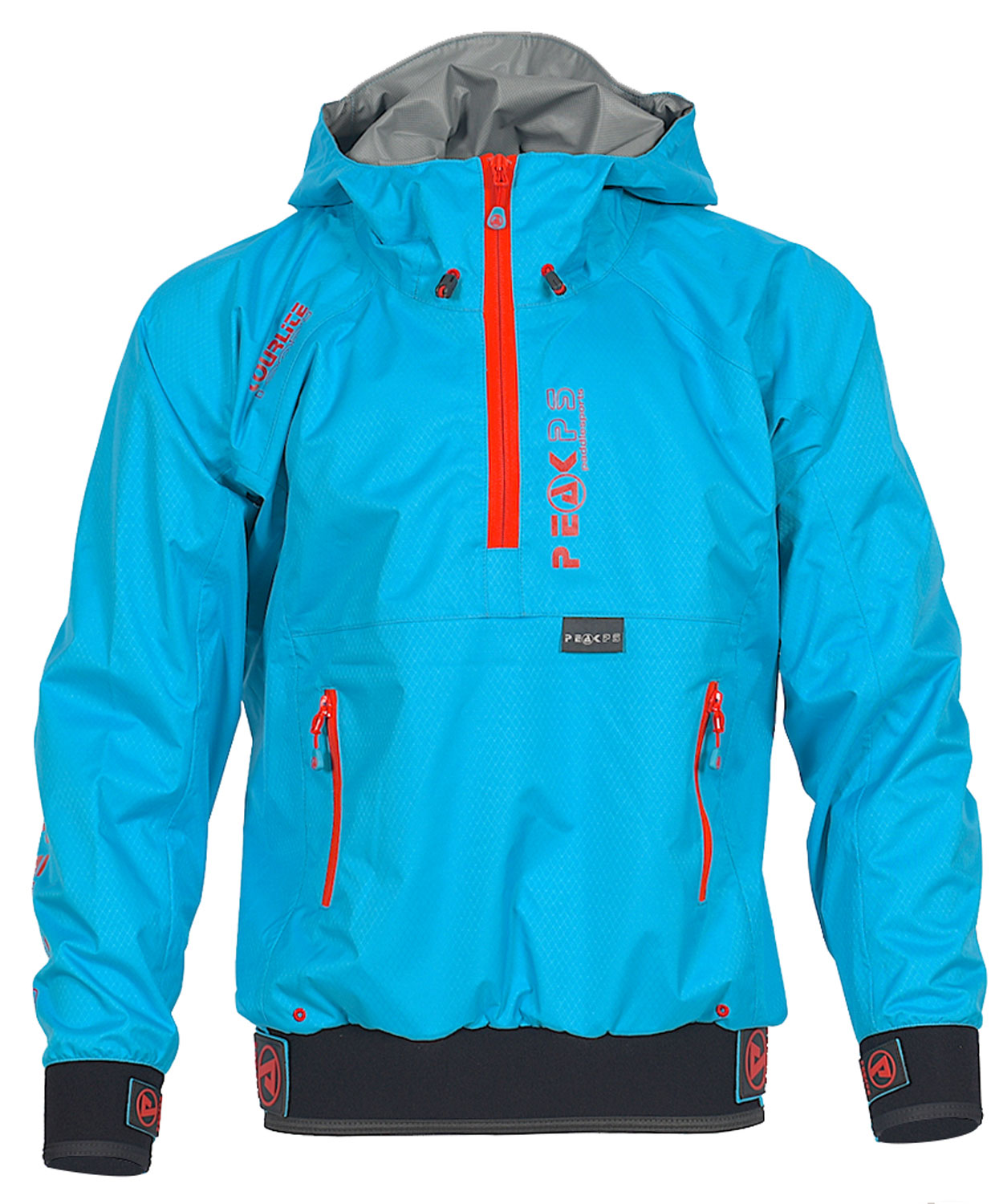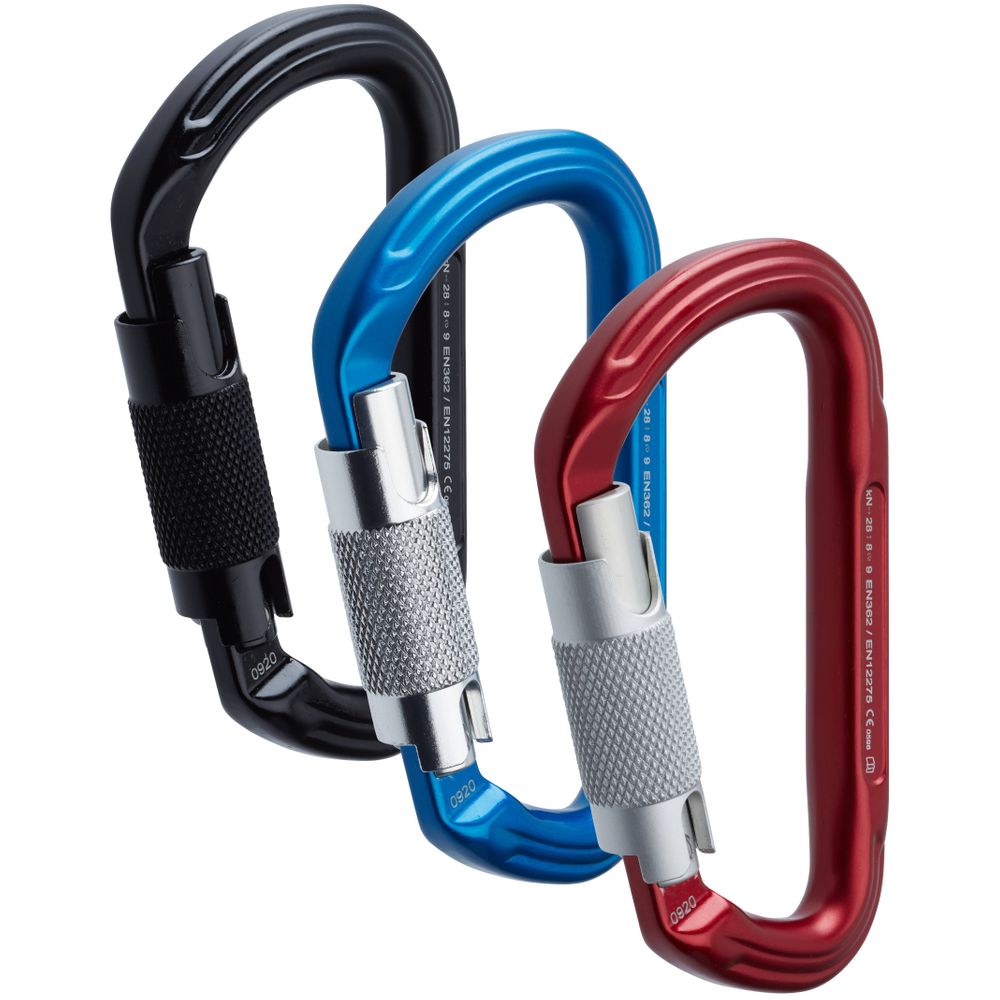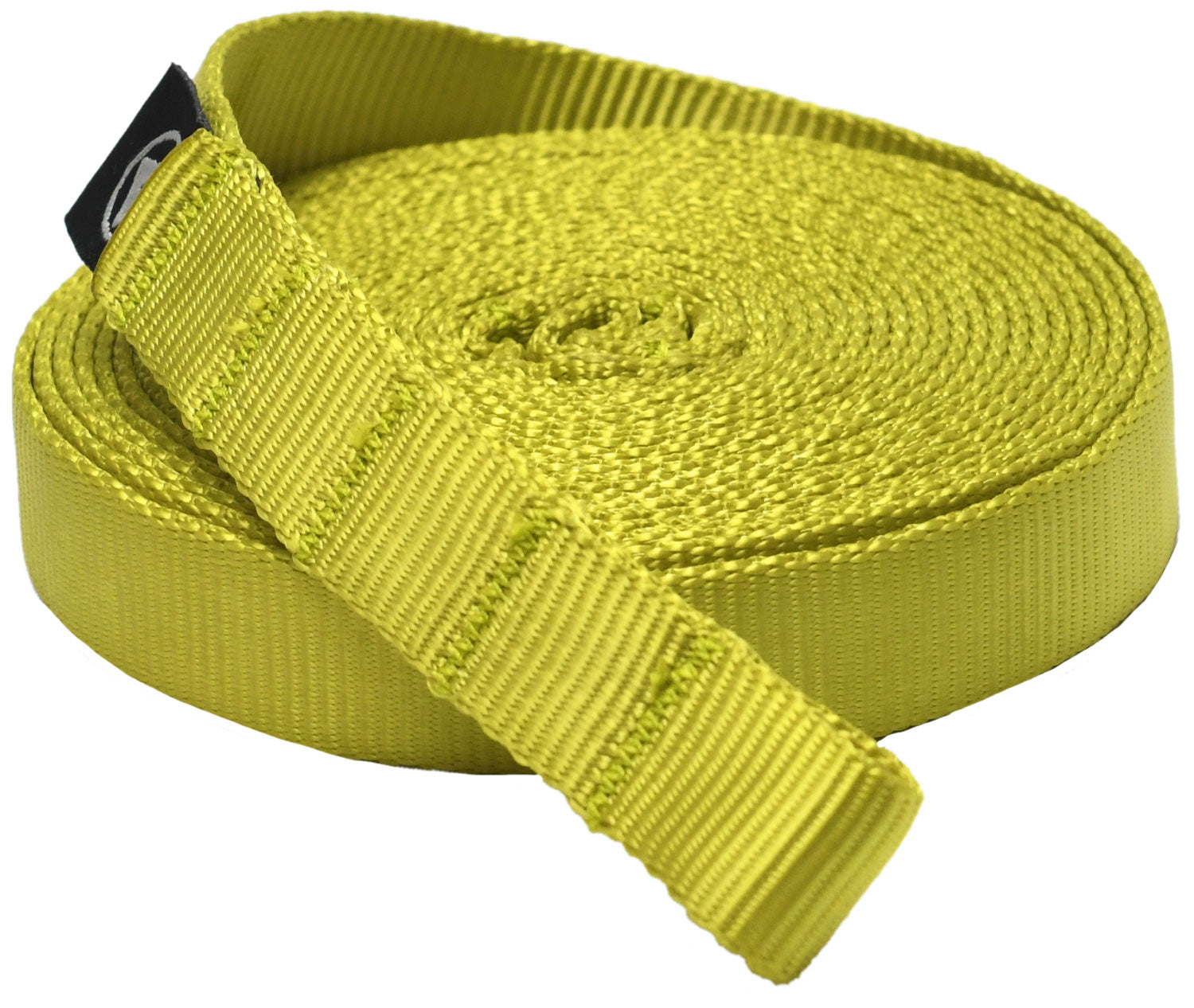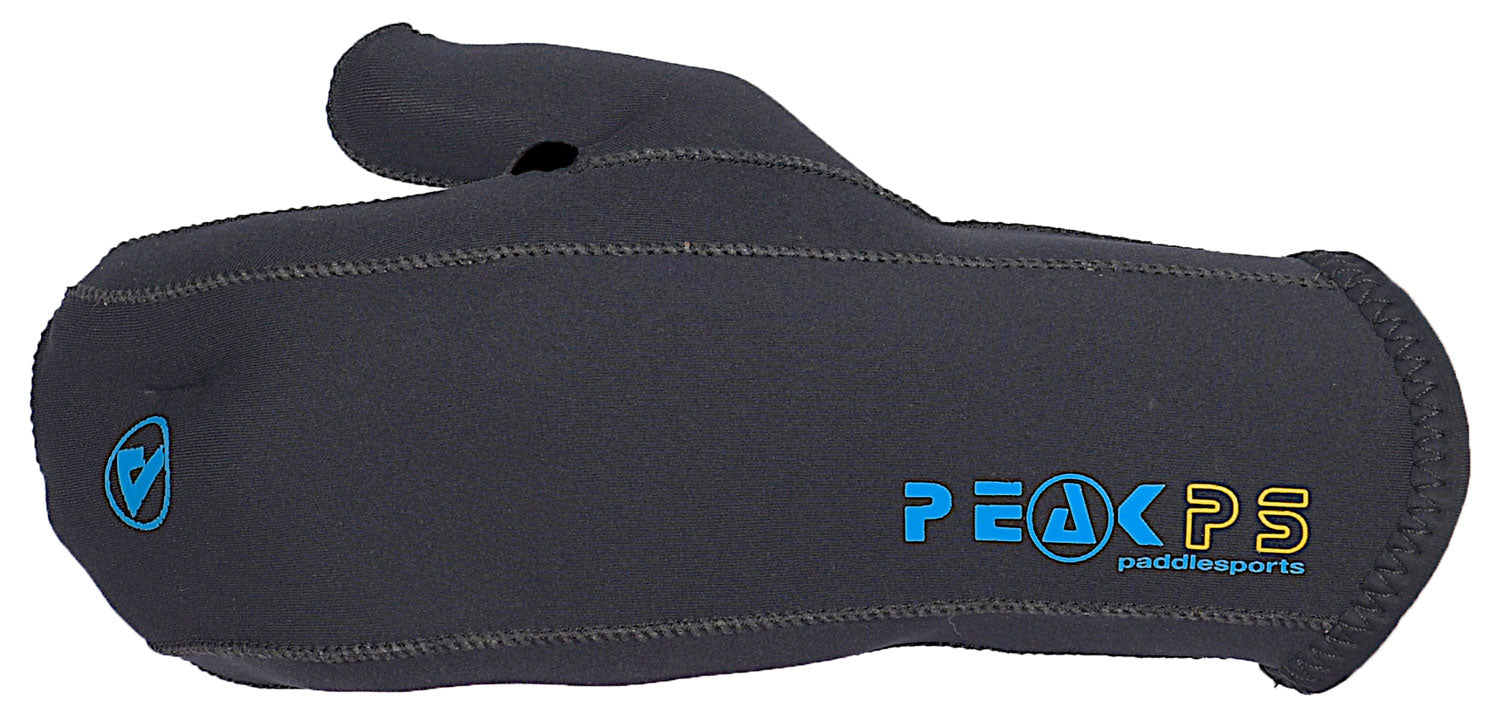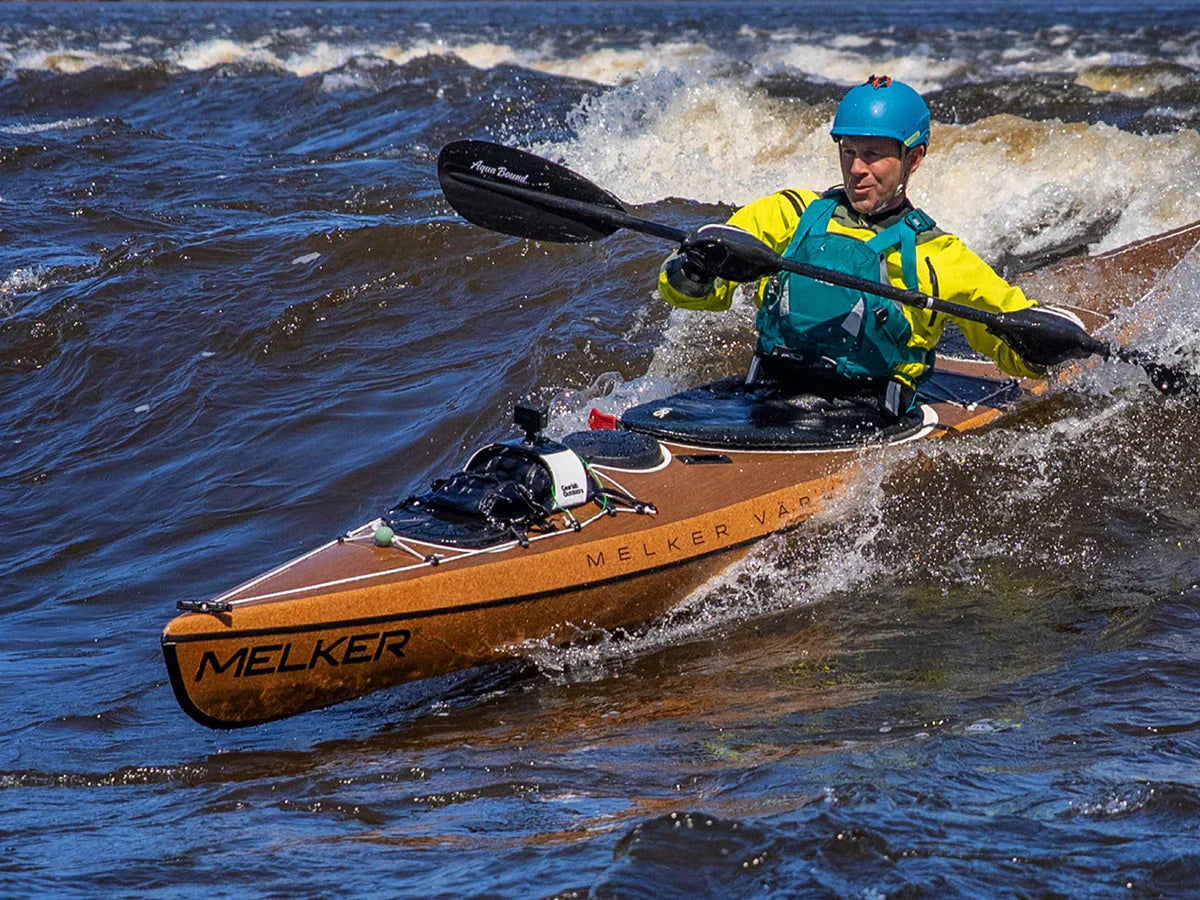
A follow on to our Colder Weather Paddling & Keeping Warm blog
If you’ve spent any time paddling through autumn or winter, you’ll know the feeling, your hands slowly go from tingling to numb and suddenly, even gripping your paddle feels like hard work.
Whether you’re kayaking, canoeing or paddle boarding, cold hands can turn a great session into a short or miserable one quickly.
So why do our hands get so cold, and what can we do about it?
Why Hands Get Cold on the Water
Your body’s natural response to cold is to protect its core, reducing blood flow to your extremities to keep your vital organs warm. Combine that with constant contact with cold water, wind chill, and the occasional splash, it’s no wonder your fingers start feeling like ice blocks.
The key? Minimising heat loss while keeping dexterity and paddle control.
1. Choose the Right Gloves (or Pogies)
There’s no one-size-fits-all when it comes to hand protection.
- Neoprene Gloves: Great for all round warmth and flexibility. Ideal for whitewater kayaking or SUP where you’re often in contact with water.
- Pogies: A favourite for many whitewater and touring paddlers, these attach to your paddle shaft and allow your bare hands to grip directly while staying sheltered from the wind and spray.
- Insulated Waterproof Gloves: Great for canoeists or touring paddlers where there’s less direct contact with cold water but more exposure to wind.
Try a few options for comfort, paddle feel and personal preference matter as much as warmth.
Shop: Gloves, Mitts & Pogies
2. Keep Your Core Warm First
It might sound counterintuitive, but warm hands start with a warm core.
When your body is cold, it prioritises warmth to vital organs, meaning your hands (and feet) get less circulation. Layer up properly with thermal base layers, neoprene tops, and windproof outerwear to help maintain overall warmth.
3. Pre-Warm Your Hands Before You Launch
If you start with cold hands, they’ll stay that way.
Try running your hands under warm water, using reusable hand warmers, or even doing a few quick swings to get the blood flowing before you launch.
4. Stay Dry (As Much as Possible)
Wet hands lose heat fast.
Keep a dry towel and spare gloves in a dry bag, swap out wet ones mid-session if needed. Avoid unnecessary splashing when possible (yes, easier said than done).
5. Post-Paddle Care
Once you’re off the water, get warm quickly.
A dry change of clothes, warm drink, and something sugary will help restore blood flow and comfort. Don’t ignore lingering numbness t can lead to more serious cold-related issues over time.
Summary
Cold hands can take the joy out of winter paddling, but with the right gear and preparation, you can keep sessions enjoyable year-round. Whether it’s the snug fit of neoprene gloves, the freedom of pogies, or just being smarter about layering, small tweaks make a big difference.
Flow Kayaks can help you find the right gloves or pogies for your paddling style. Drop us a message or pop in for advice before your next chilly session on the water.
The Science Behind Neoprene Gloves
How Neoprene Gloves Keep Hands Warm: The Science
Neoprene gloves are effective at insulating hands in cold water due to the material's low thermal conductivity. A study by Thermtest found that neoprene's thermal conductivity decreases with increased durometer, with 60A durometer neoprene exhibiting a thermal conductivity of 0.204 W/m·K, compared to 0.237 W/m·K for 30A neoprene (Thermtest). This reduction in thermal conductivity means neoprene is less efficient at transferring heat away from the body, helping to retain warmth. Additionally, neoprene's closed-cell structure traps air pockets, further enhancing its insulating properties (PMC). These combined factors make neoprene gloves a reliable choice for maintaining hand warmth during cold-weather paddling activities.

